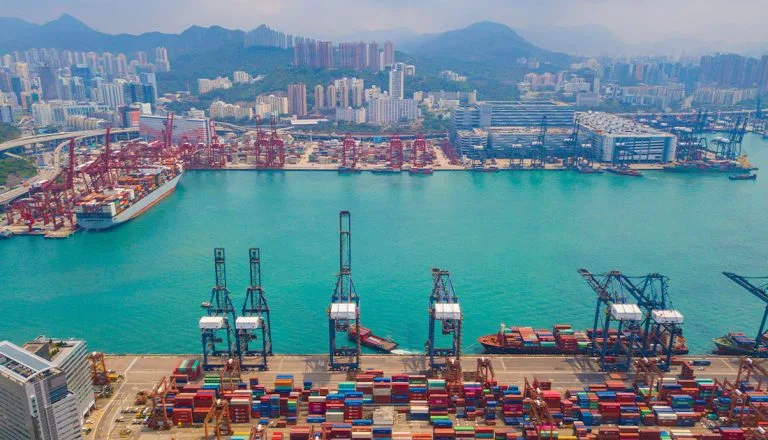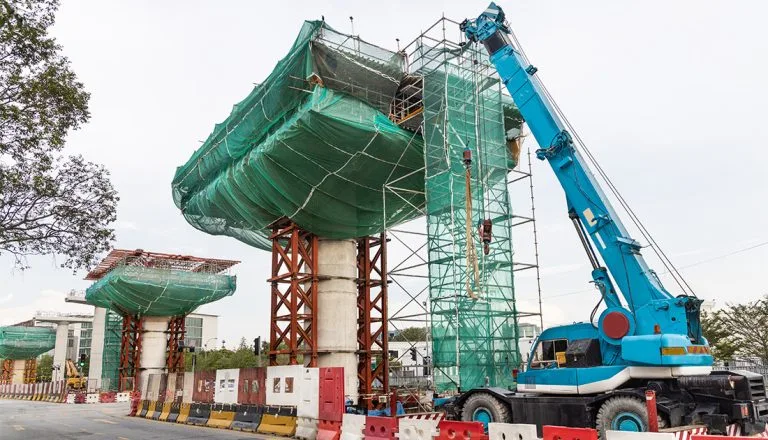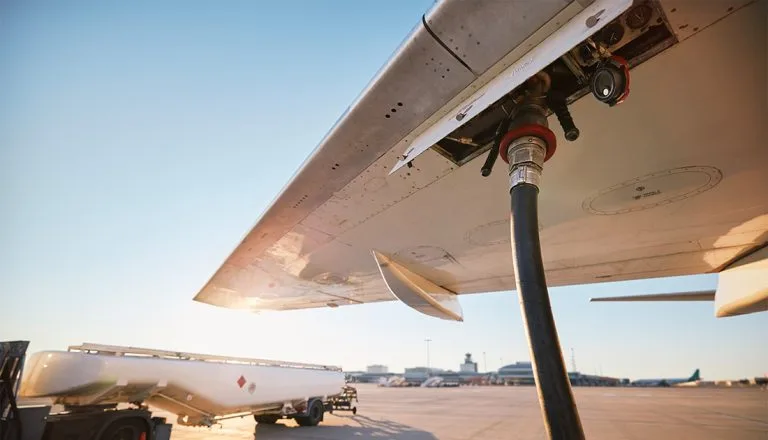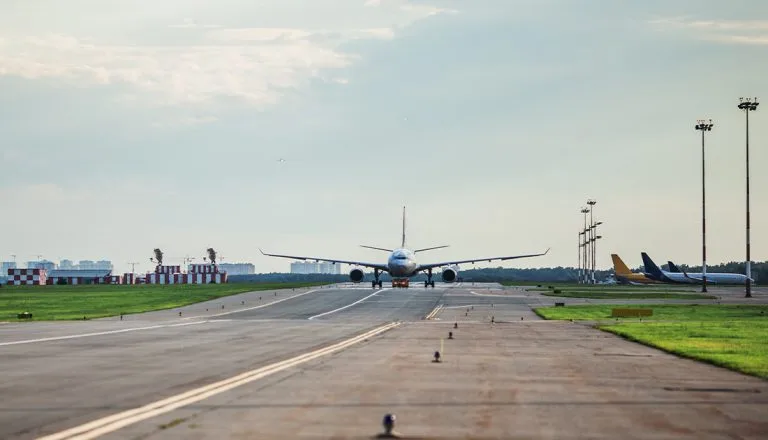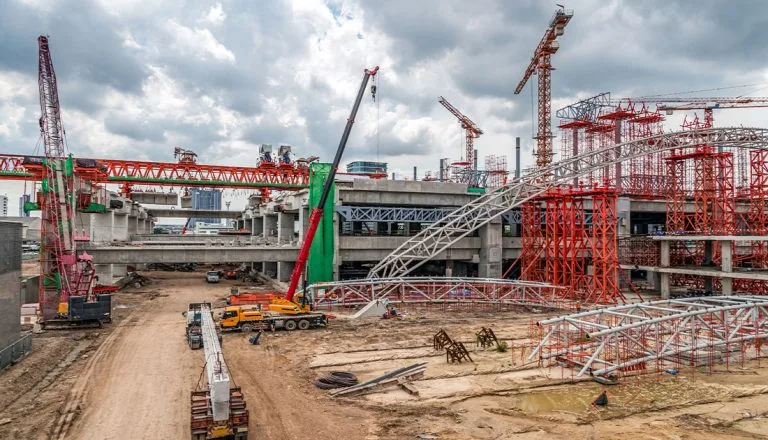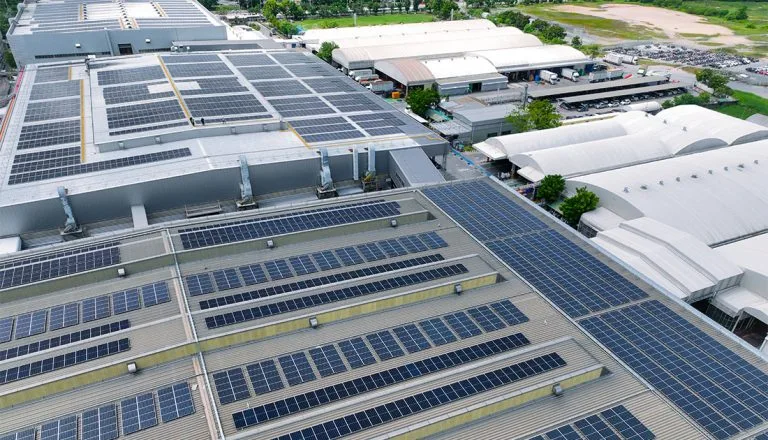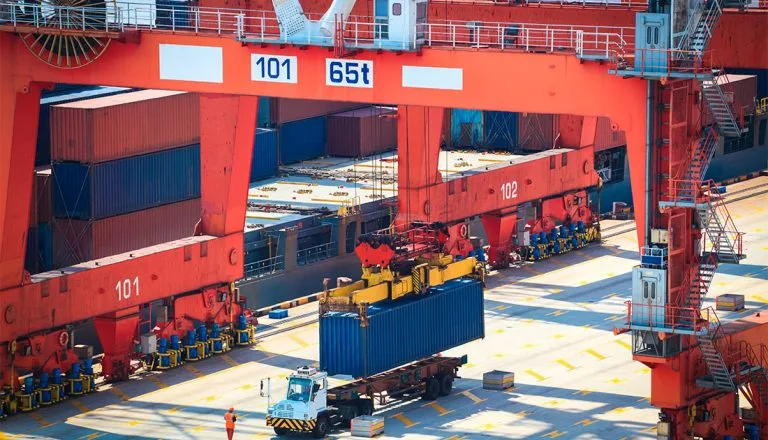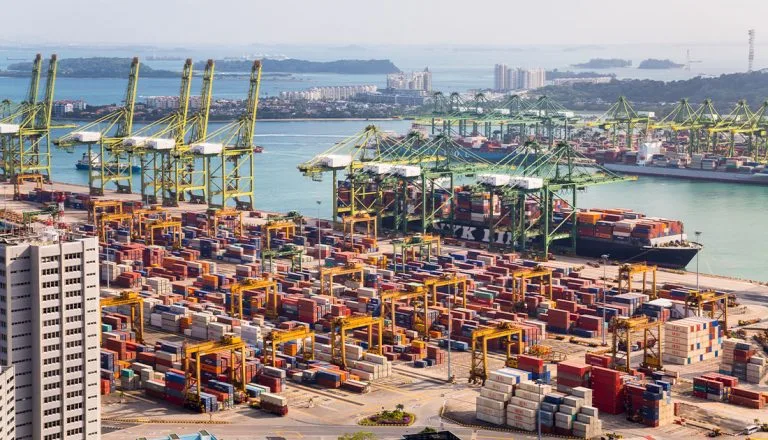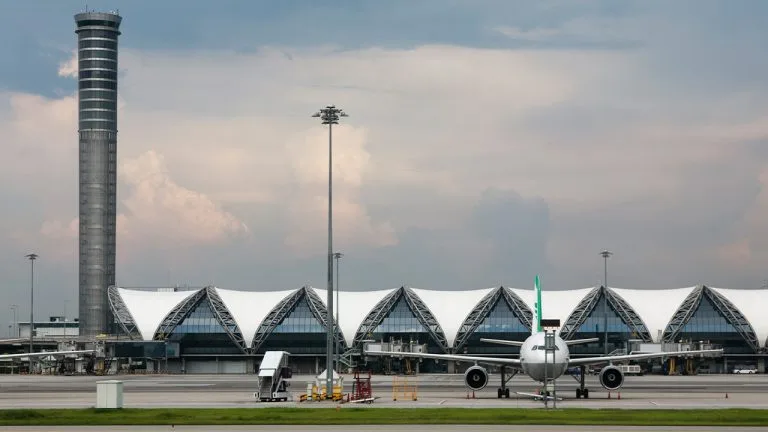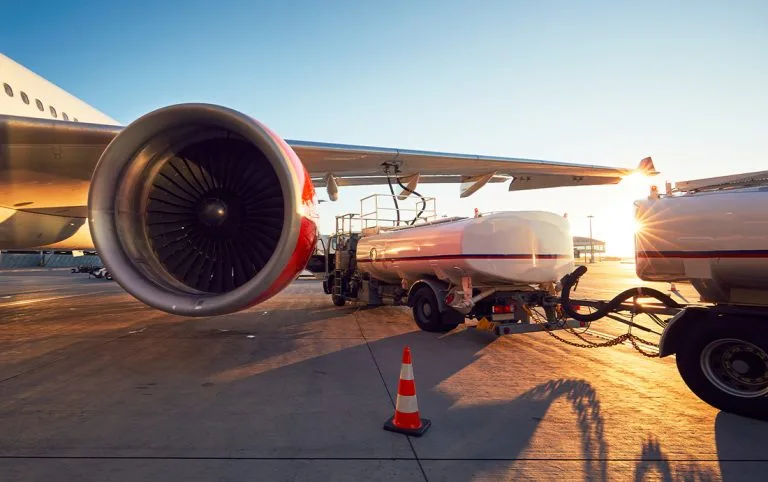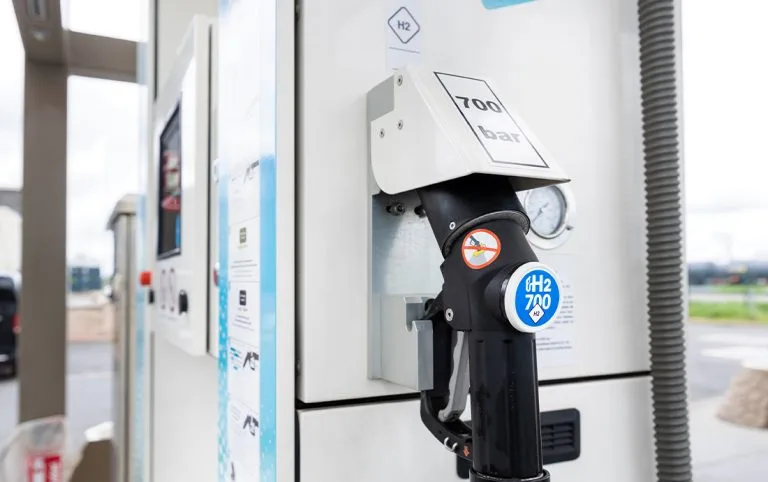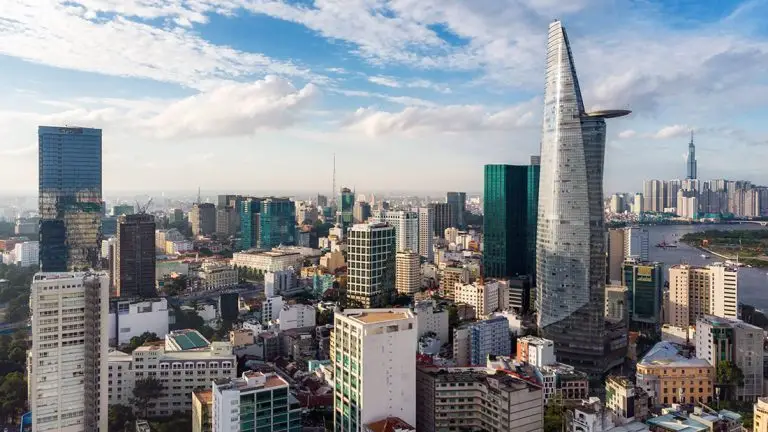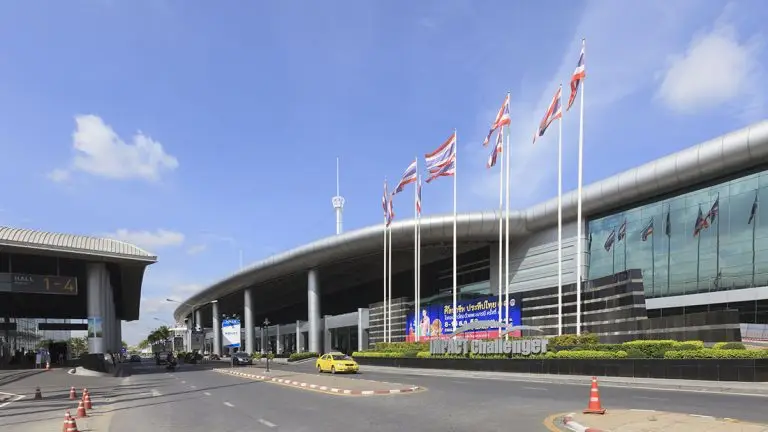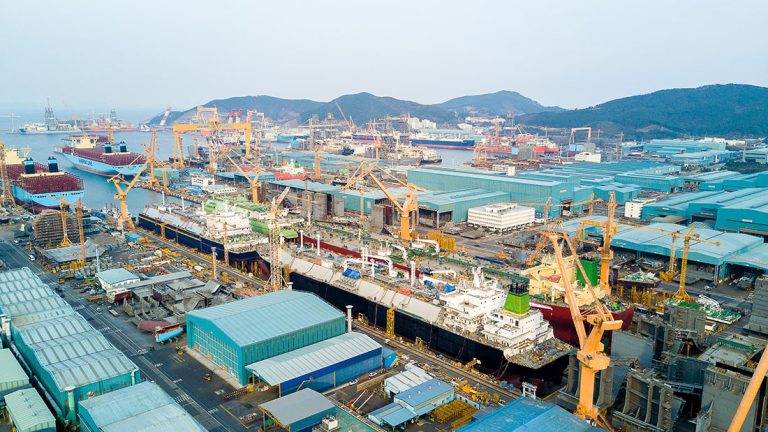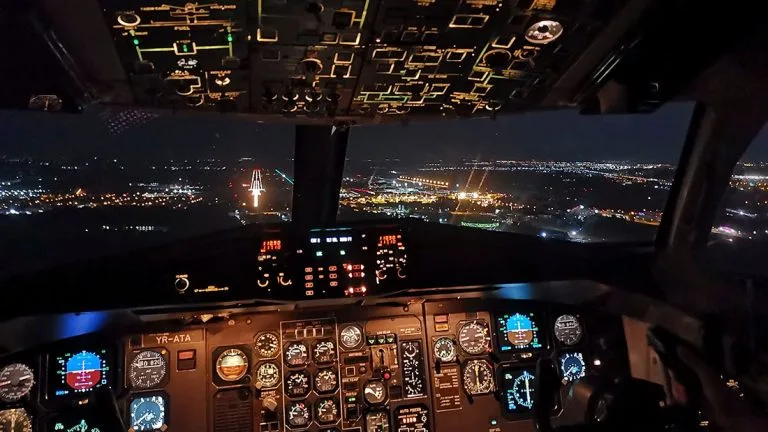- Seven of the top ten busiest international air routes were Asian connections with the region also home to eight of the busiest domestic routes globally
- Asian countries are expected to post strong annual growth in passenger air travel in the coming years
- Both Thailand and Malaysia were upgraded to a Category 1 aviation safety rating by the FAA, meaning direct flights to the USA are now possible
Asia is expected to be the aviation industry’s primary growth driver in the coming years. With a majority of the world’s busiest international and domestic routes now found in the region and passenger demand nearing pre-pandemic levels, airlines should explore how they can either enter the market or scale existing reach. In the final instalment of our series looking at Asia Market Opportunities in 2025, Asian Insiders Managing Partner Axel Blom shares insights on what’s next for the soaring aviation sector. Click here to read the previous articles.
When OAG Aviation released its ‘Busiest Flight Routes of 2024’ report, Asia featured heavily. Seven of the top ten busiest international air routes were Asian connections, including four of the top five. Additionally, the region was home to eight of the top ten busiest domestic routes.
OAG Aviation found that the bulk of routes in Asia recorded significant growth in 2024. Several surpassed 2019 levels, while the remainder are closing in on pre-pandemic figures. Yet, it appears many markets are only scratching the surface of their full potential.

Projections from Boeing state South Asia will become the fastest-growing commercial aviation market over the next twenty years. The region could increase its aviation capacity fourfold during the period, and some estimates forecast annual growth to reach eight percent. India remains a catalyst for this as a rising middle class and government support has seen the sector become the third largest globally.
Meanwhile, a number of countries in Southeast Asia are expected to record passenger air traffic growth of more than five percent annually. Thailand, Malaysia, Vietnam, Indonesia, and the Philippines each offer unique opportunities for airlines.
Infrastructure and increasing air links
A wave of new airports and strategic investment in increasing capacity should support further growth in the Asian aviation sector moving forward. In Seoul, Phase 4 of the expansion at Incheon International Airport was completed in December 2024. A new passenger terminal at Taiwan Taoyuan International Airport in Taipei will open at some point in 2025.
Work on Terminal 5 at Singapore’s Changi Airport is set to start in early 2025. Slated to open sometime in the 2030s, airport officials believe the new facility will allow the country to have air links to more than 200 cities worldwide.
Singapore is not the only Southeast Asian country investing in airport infrastructure. Most ASEAN nations are prioritising an increase in passenger capacity and air connections.
In November, Suvarnabhumi International Airport opened its third runway, alleviating some of the current congestion. Airports of Thailand (AOT) is working on a masterplan for Bangkok’s main airport that is expected to include plans for a new terminal and another runway. These would allow the facility to handle more than 80 million passengers annually by 2031.
On Thailand’s Eastern Seaboard, the first phase of the U-Tapao International Airport and Eastern Aviation City Development project is targeted for completion in 2029. The AOT has also announced plans to build second airports in Phuket and Chiang Mai.
Progress on Malaysia’s plans to double the country’s air passenger capacity remains ongoing. Expansion projects at Kuala Lumpur International Airport and Penang International Airport have taken shape as the government aims to serve 150 million passengers each year by 2030.
Longstanding airport issues in Metro Manila appear to finally be nearing a resolution. New Manila Airport is scheduled to open in 2028. Beyond that, the privatisation of Ninoy Aquino International Airport is now complete with the new operator expected to nearly double the facility’s capacity by the end of the decade. A second passenger terminal opened at Clark International Airport in 2022, and the government is considering building a second runway there.
Vietnam has invested in expansion projects for existing Hanoi and Ho Chi Minh City air facilities. The latter will also benefit from the 2026 opening of Long Thanh International Airport outside of HCMC which could serve 100 million passengers annually.
Techo International Airport in Phnom Penh is likely to create a raft of opportunities for the Cambodian aviation sector. The first phase of the project is slated to open in July 2025.
Interestingly, ASEAN countries are aggressively seeking passenger air connections with the United States. The Philippine Department of Transportation made increasing air links to the U.S. a component of its upcoming aviation masterplan.
In Thailand, the Tourism Authority of Thailand (TAT) continues to seek out airlines to offer service between America and the Kingdom after the Federal Aviation Administration upgraded the country’s aviation safety rating to Category 1.
Malaysia was upgraded to Category 1 more than a year ago and has similarly sought direct air links to the U.S. Elsewhere, the Vietnamese and Indonesian aviation industries are actively exploring ways to increase global connections and flight frequencies.
Navigating challenges
While there are opportunities for airlines across Asian aviation, it is essential to acknowledge some of the challenges that must be navigated. A significant hurdle is air routes being increasingly disrupted due to uncertain geopolitical situations.
The closing of Russian air space to European and US airlines has negatively affected traffic between Europe and Asia. Similarly, issues in Iran, Iraq, Syria, and Israel have created overflying complications.
Competition from Chinese airlines and a potential uneven playing field are pressing issues. European airlines eliminated routes to mainland China as an inability to fly over Russia meant they needed to operate longer routes, leading to higher costs. European policymakers are looking at potential solutions, but nothing has materialised yet.
In addition to that challenge, a number of airlines are now facing delivery delays on new aircraft from Airbus and Boeing as new Chinese aircraft begin filtering into the fleets of China’s major air carriers. This may place them in a better position to take advantage of opportunities elsewhere in Asia.
Asia market opportunities 2025: Asian aviation rises
There are many opportunities on offer in Asian aviation. Not only does the region have most of the busiest air routes globally, but new airports and increasing demand should lift the sector further. Growth here will be significantly greater than in Europe and the Americas.
However, there are challenges, including competition from China and uncertain political situations surrounding air space, which operators must be aware of. Entering Asia or increasing regional connections requires a measured approach. Having a partner with experience assisting airlines flying into the region can make a huge difference.
With decades of experience in the aviation sector, Asian Insiders is positioned to help you find success. To learn more about opportunities currently available, schedule a no-obligation call with Axel Blom, Managing Partner, Thailand, axel.blom(at)asianinsiders.com or Jari Hietala, Managing Partner: jari.Hietala (at)asianinsiders.com




